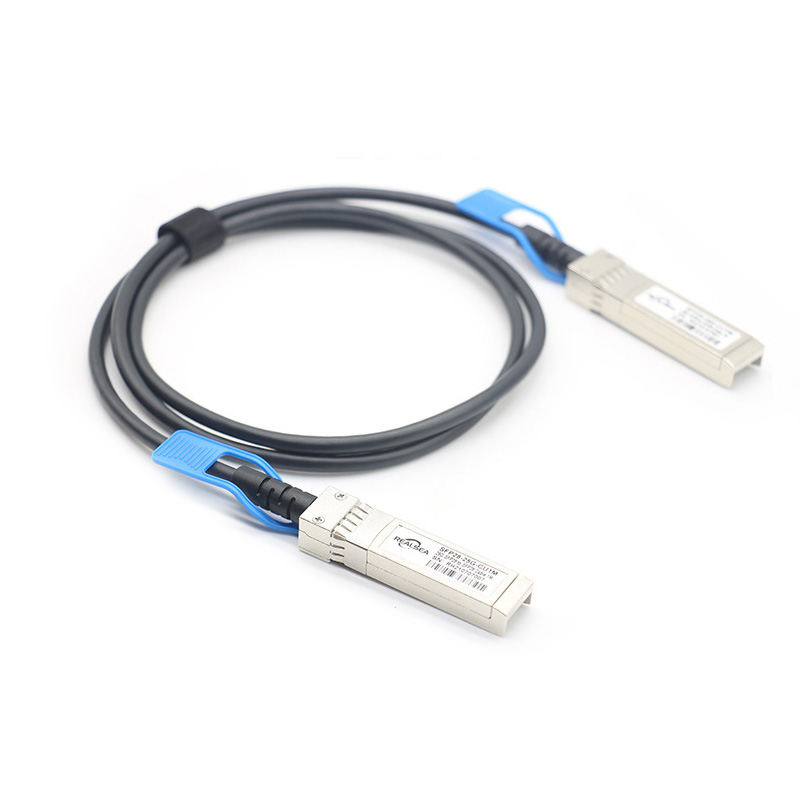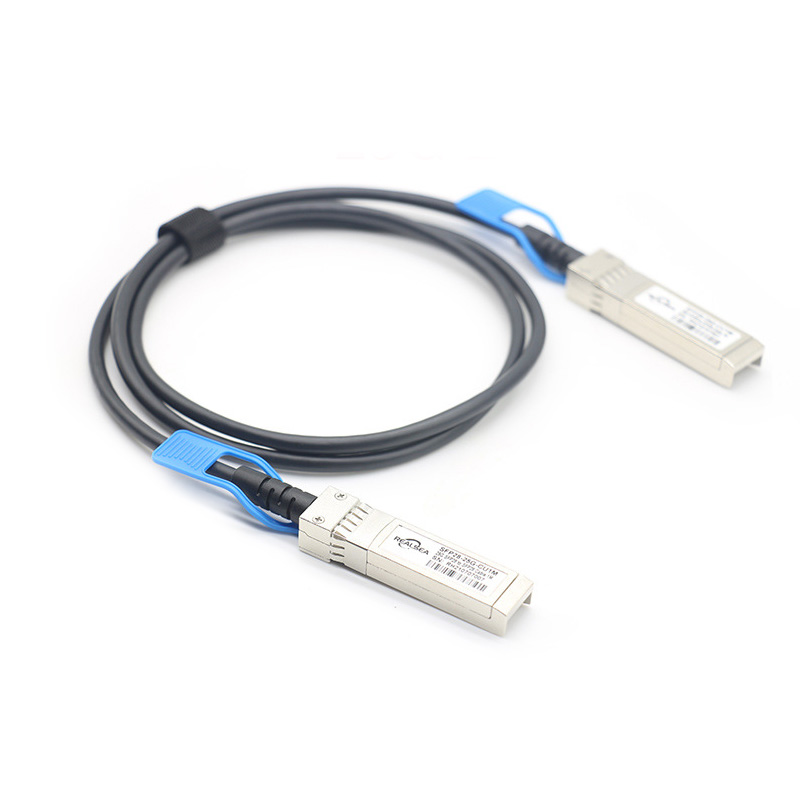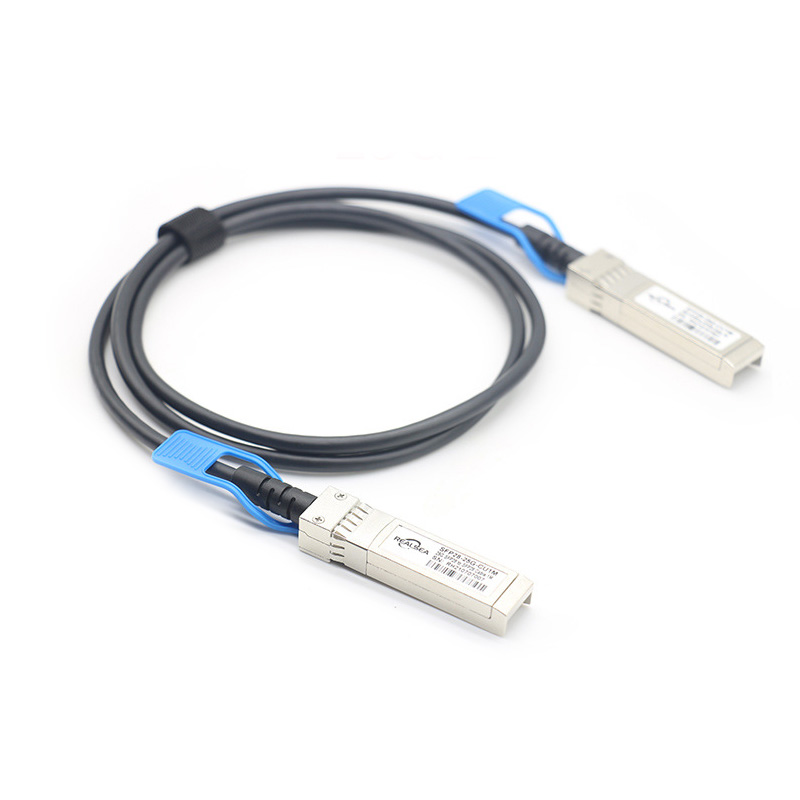Release Date: Aug 20,2022

The positive development of the industry ecology has led to more and more optical module manufacturers, whether domestic or foreign, brand optical modules or compatible optical modules. But even if there are various manufacturers of optical modules, there is a consensus that how to do an optical module, the protocol must be unified. This article will tell you about the general indicators of optical modules.
1. Working temperature
The normal operating temperature of ordinary commercial-grade optical modules is 0-70°C. The optical module temperature here actually refers to the case temperature, which is divided by the working temperature. There are three levels, commercial-grade temperature: 0-70°C; industrial-grade temperature Temperature: -40°C-85°C; and the extended temperature between the two is -20-85°C;
2. Working speed
The operating speed of the optical module itself determines the price of the optical module. Low speed is often low price, and high speed is more expensive. The speed of optical modules commonly used in the market is basically 155M, 1.25G, 10G, 25G, 40G, 100G, of course, there are higher rates like 200G, 400G or even 800G. The working rate represents the level of traffic that the optical module can carry;
3. Working voltage
The working voltage of the optical module is about 3.3V, it should be noted that only 5% fluctuation is allowed. After conversion, the working voltage of the optical module is only a normal value between 3.135-3.465V;
4. Transmitter
The indicators of the transmitting end of the optical module mainly include: transmitted optical power, extinction ratio, and central wavelength.
Transmitting optical power refers to the output optical power of the light source at the transmitting end, which can be simply understood as the intensity of light. For optical modules with different rates, wavelengths and transmission distances, the transmit optical power requirements are different, and the transmit optical power must be within the required normal value. If the transmit optical power is too high, it will cause damage to the device at the receiving end, but if it is too low It will cause the optical module to not receive light;
Extinction ratio refers to the minimum value of the ratio of the average optical power when the laser transmits all "1" codes to the average optical power when all "0" codes are transmitted under full modulation conditions, the unit is dB, an important parameter to measure the quality of the optical module one;
The laser with the highest purity in light also has its own wavelength distribution. For example, generating a laser with a wavelength of 1550 nm actually releases a laser with a wavelength of 1549 to 1551 nm, but because the light energy at the wavelength of 1550 nm is the largest, it is defined as the center wavelength;
5. Receiver
The indicators of the receiving end mainly include: receiving optical power, overload optical power, and receiving sensitivity.
Received optical power refers to the minimum average input optical power that the receiver component can receive under the condition of bit error rate of the optical module, the unit is dBm; the upper limit of the received optical power is the overload optical power, and the lower limit is the receiving sensitivity. That is, the received optical power is in the normal range between the overloaded optical power and the receiving sensitivity.

25G SFP28 DAC is a 25GBASE-CR direct attach copper cable for data center environment. It provides a high speed, cost-effective alternatives to fiber optics in 25GbE Ethernet applications.

fiber pigtail is typically a fiber optic cable with one end factory pre-terminated fiber connector and the other exposed fiber.

This Article just briefly overviews 10G and 25G Ethernet (25Gb) technologies, focusing on the SFP+ transceiver and SFP28 transceiver.